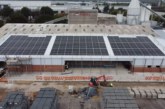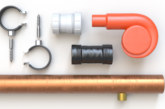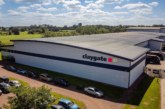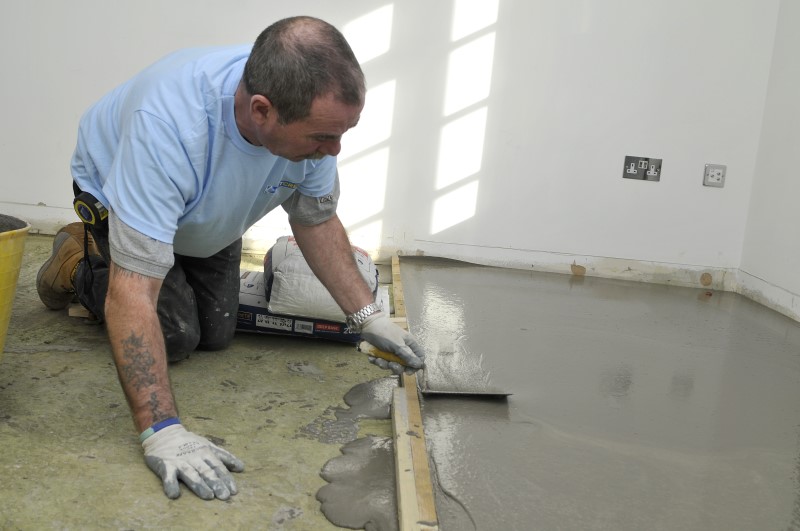
Peter Wilson, Setcrete Brand Manager, outlines the importance of stocking and selling a full suite of floor levelling products to ensure that merchants can ‘upsell’ their customers to higher margin, premium solutions.
Levelling a floor used to be a simple task for a builder; buy a few bags of latex and job done. These days, the options and applications have progressed. For merchants, the availability of new and special performance options provides the opportunity to upsell to customers because of the benefits these advanced products can deliver.
And whilst basic ‘latex’ products remain okay for many situations, specialist products such as 30 minute fast-track options, flexible compounds for use over plywood, and quick-drying ‘deep base’ products allow builders to get the job done quicker or with fewer potential problems. Upselling to these premium products offers higher margins for the merchant and added satisfaction for the builder.
Overall, general purpose levelling compounds are still massively popular amongst builders. For many jobs, especially new builds over a standard sand/cement screed and also where the build programme is not particularly tight they will typically be the product of choice.
However, that is not always the scenario facing a builder and they are all too keen to switch to products that can make a job easier and faster — even if those products command a higher price.
Saving time and money
Overcoming tight timescales or the ability to get a job done and dusted within the same day is precisely one of those instances. Where speed is an issue, the introduction of advanced rapid-drying levelling compounds that are ‘walk on’ hard just 30 minutes after application and ready to receive a floor covering in as little as two hours have been a game-changer for builders.
These water-mix products rely on the latest cement technology, which sees the water retained in the mixture as it cures, rather than waiting for it to evaporate. As well as truncating the build programme, these fast-track solutions are excellent for minimising the time that areas are out of commission during refurbishments.
Refurbishment work has also been the driver behind another levelling compound innovation, personified by Setcrete’s 2K Pro. Most levelling compounds require old adhesive residues to be completely removed from the subfloor before it is then primed prior to applying the compound. Setcrete 2K Pro, however, is designed to be applied over old adhesive residues (including bitumen and carpet tile tackifiers), without the need for priming.
Avoiding these two, normally necessary, stages in the refurbishment process saves both time and cost for a builder. Furthermore, as the product is suitable for use over most other subfloor types, the same levelling compound can be used throughout a building.
When it comes to levelling up adjacent floor areas, such as a new conservatory adjacent to a kitchen or living room, where the screed levels are markedly different, a conventional levelling compound won’t fit the bill. These can normally applied up to 10mm or 15mm in thickness.
The practical option is to use a specialist ‘deep base’ compound, which is formulated to be applied up to 50 mm thick. Furthermore, such compounds demonstrate impressively fast drying times, being walk on hard from as little as 90 minutes after application and ready for ceramic or textile floorcoverings to be installed after six hours (depending on the ambient temperature) and resilient floorcoverings the following day.
Contrast this with trying to achieve the same result in concrete or, indeed, multiple layers of conventional latex.
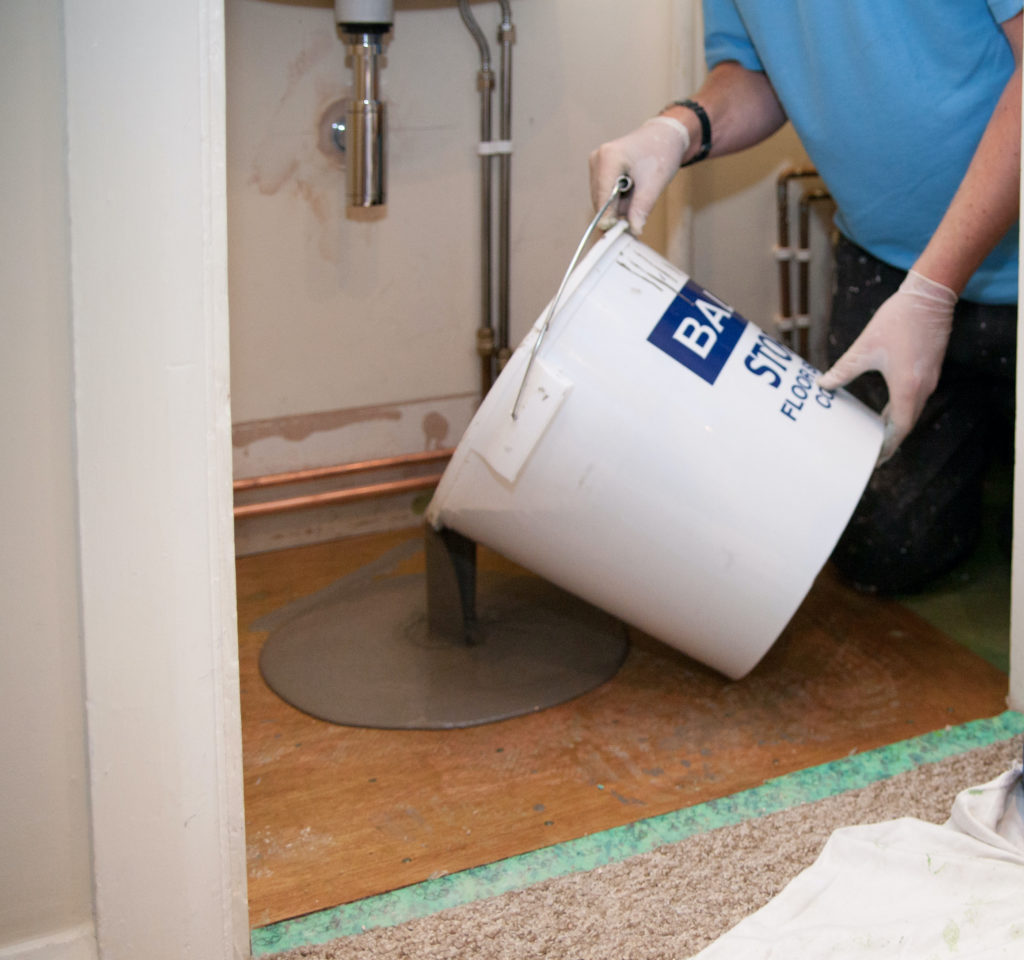 Flexible friend
Flexible friend
Another application area where conventional levelling compounds are not suitable is the levelling of flexible subfloors, such as plywood. The slight movement of these floors as they are walked on will, over time, result in a conventional levelling compound cracking under repeated loading and unloading until it eventually fails completely.
Fortunately, high performance, fibre-reinforced levelling compounds have been developed for this very purpose. The tiny fibres in the mix work in a similar way to steel rods in reinforced concrete, holding the cured compound together as it is subject to slight movements in the subfloor.
Again, the levelling compound can be applied over a variety of subfloor types, including sand/cement and concrete, as well as non-absorbent subfloors such as quarry tiles, epoxy and polyurethane resins. This adaptability means that adjacent floor types can be levelled in one go using a single levelling compound to ensure a consistent and uniform finish.
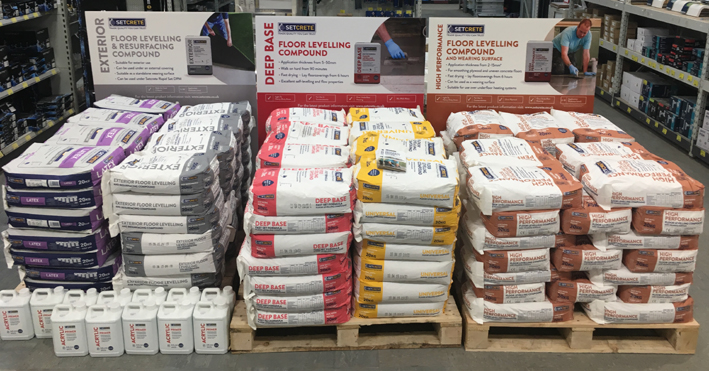 Outside edge
Outside edge
All of these levelling compounds are designed to be used inside. Over the last few years, however, there has been a trend to create higher spec exterior areas — something that has been given a further boost over the past year as a result of the lockdowns.
From providing a perfect base to extend porcelain-tiled interiors — through bifold doors — to an external area such as a terrace or patio to providing a super smooth, hard-wearing garage floor, many builders are latching on to exterior-grade levelling compounds.
Providing all the benefits of their internal cousins, specially formulated exterior grade compounds offer a quick and easy way to create a high quality, smooth and level finish that will withstand anything from the rain and frost of a harsh winter to summer temperatures in the 30s.
From saving time on the job or being able to meet a specific application need, having the option to provide a builder with a superior product — and in some cases the only product that will work — is a pallet worth stocking.
For more about Setcrete’s range of products and support services for merchants, go to: www.setcrete.co.uk

